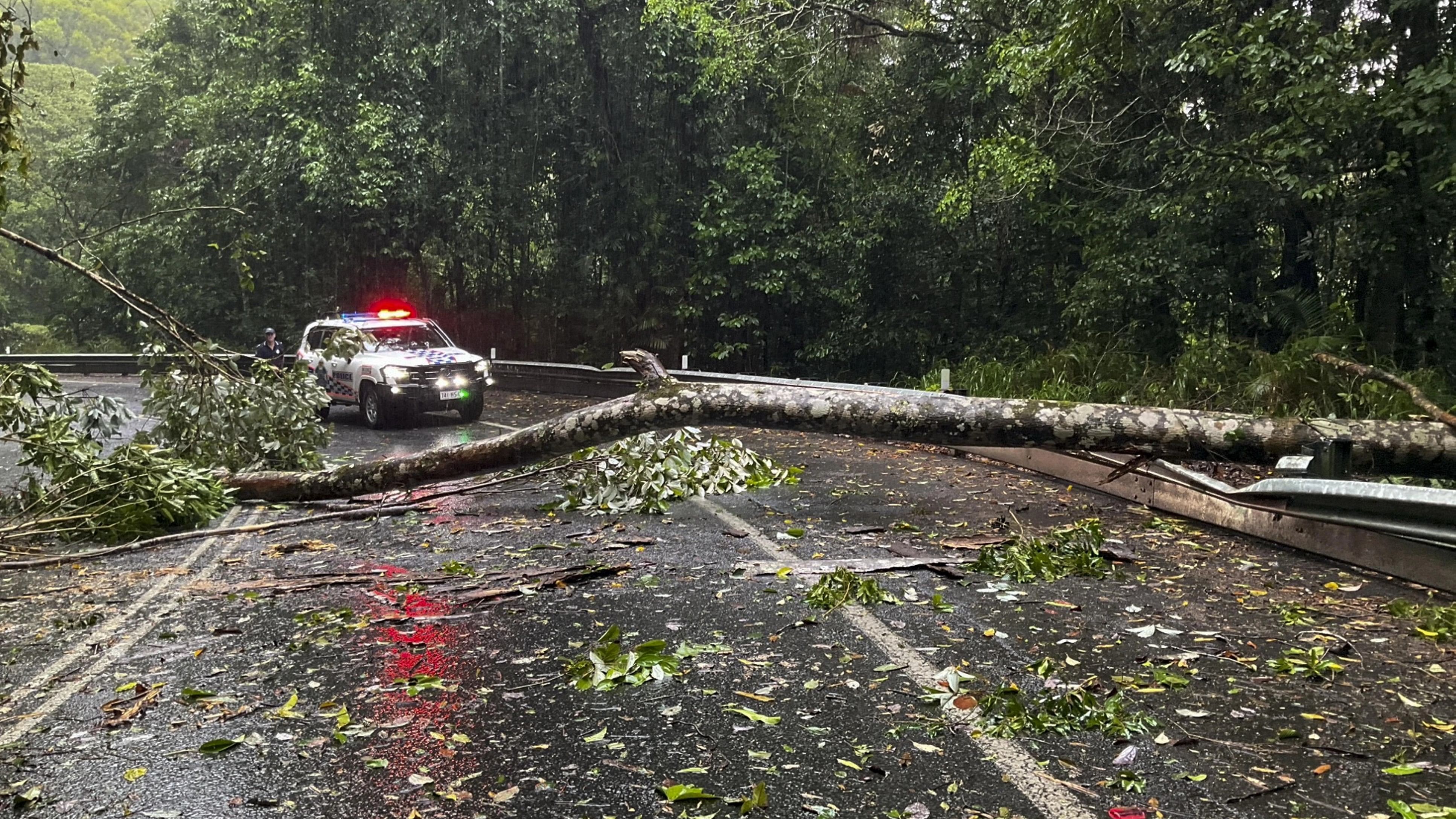
cyclone Kirrily.
Credit: PTI Photo
Sydney: Tens of thousands of people in Australia's Queensland state were without power on Friday after a tropical cyclone hit overnight, bringing damaging winds and heavy rains.
Tropical cyclone Kirrily, a category two system, made landfall late on Thursday along the coast bordering the Great Barrier Reef near the tourist town of Townsville, before being downgraded to a tropical low on Friday.
Australia is in the grips of an El Nino weather event, which is typically associated with extreme phenomena such as cyclones, wildfires, droughts and heatwaves
Queensland Premier Steven Miles told the Australian Broadcasting Corp that 64,000 people were without power on Friday due to the storm.
Ergon Energy spokesperson Emma Oliveri said most power outages were in Townsville, adding that it was too early to say when power would be restored.
Category two cyclones are three rungs away from the most dangerous and can cause significant damage to trees, caravans, and crops, and break boats from their moorings.
The nation's weather forecaster said the former cyclone would likely bring heavy rain with possible damaging winds to parts of northern Queensland on Friday.
"Winds with peak gusts of around 90 km per hour (55 mph) are possible," the weather forecaster said on its website.
Miles said the risk of flooding was high as "there is a lot of rain still to come".
Prime Minister Anthony Albanese said military personnel were on standby to assist with the cleanup from Kirrily.
"The people of far north Queensland have copped a lot in recent times," Albanese said in Canberra, according to a transcript.
Kirrily was the second tropical cyclone in the area since December when cyclone Jasper caused widespread regional damage.
Meanwhile, parts of Queensland and southern neighbour New South Wales were on heatwave alert, with temperatures in the high-forties Celsius possible on Friday for some regional areas of Queensland, the weather forecaster warned.
In New South Wales capital Sydney, the temperature in the city's west was forecast to hit 40 degrees Celsius (104 degrees Fahrenheit), more than nine degrees above the average January maximum, according to weather forecaster data.